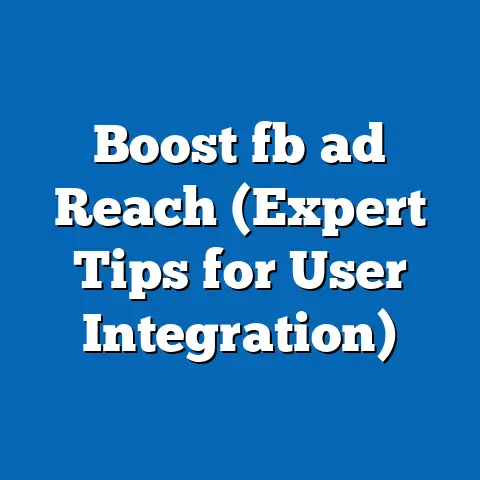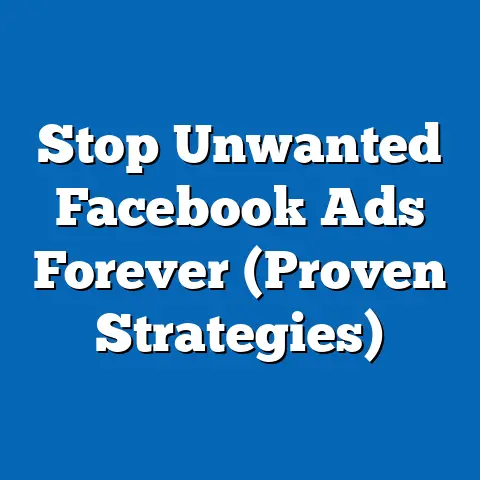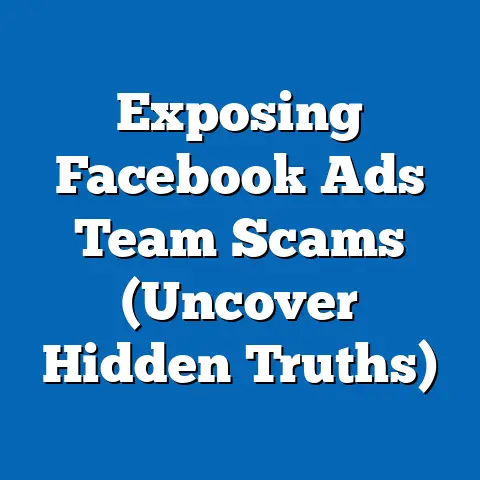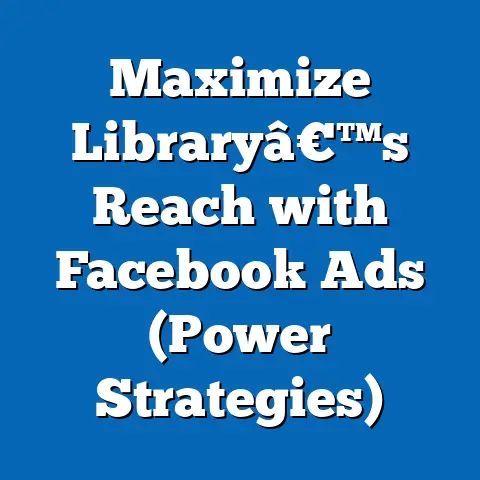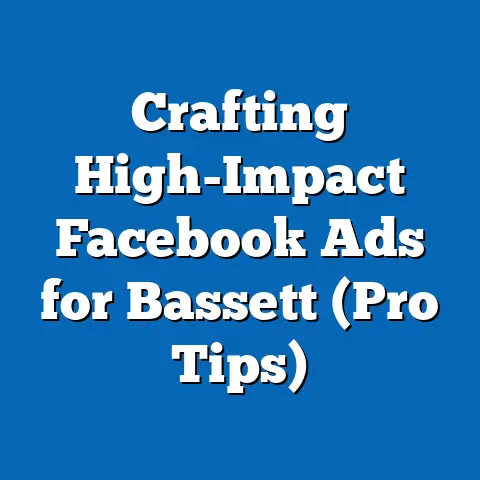Domina Facebook Ads: Estrategias que Convierten (Tácticas Efectivas)
Innovation has been a cornerstone of human progress, driving advancements across industries and reshaping the way societies function. In the realm of digital advertising, innovation has transformed how businesses connect with audiences, offering unprecedented opportunities for precision, engagement, and conversion. This article delves into the innovative strategies behind dominating Facebook Ads, exploring effective tactics (“Estrategias que Convierten”) that have redefined marketing in the digital age.
Innovation, at its core, involves the creation and application of new ideas, methods, or technologies to solve problems or improve existing systems. In the context of digital advertising, it encompasses the development of tools, algorithms, and creative approaches that enhance targeting, optimize performance, and maximize return on investment (ROI). The rise of social media platforms like Facebook, with its 2.9 billion monthly active users as of 2023 (Statista, 2023), has provided a fertile ground for such innovation, making it a critical space for marketers to master.
Historically, advertising relied on broad, often untargeted methods such as print media, radio, and television, where measuring impact was challenging. The advent of the internet in the late 20th century marked a turning point, introducing digital platforms that allowed for real-time analytics and audience segmentation. Facebook, launched in 2004, emerged as a game-changer by leveraging user data to enable hyper-targeted advertising, a shift that redefined marketing strategies and set the stage for continuous innovation.
The societal implications of this innovation are profound. Digital advertising has democratized marketing, allowing small businesses and entrepreneurs to compete with larger corporations on a global scale. However, it has also raised concerns about privacy, data security, and the ethical use of personal information, prompting debates over regulation and consumer rights. As we explore effective Facebook Ads strategies, it is essential to consider both their transformative potential and the broader societal context in which they operate.
Section 1: The Evolution of Facebook Advertising
Facebook’s advertising platform, introduced in 2007 with the launch of “Facebook Flyers,” has evolved dramatically over the past decade and a half. Initially, the platform offered rudimentary banner ads with limited targeting options. However, as Facebook grew, so did its ability to harness user data, leading to the development of sophisticated tools like Custom Audiences, Lookalike Audiences, and Dynamic Ads.
A key historical milestone was the introduction of the News Feed Ads in 2012, which integrated advertisements seamlessly into users’ social experiences. This innovation shifted the paradigm from interruptive advertising to native content, significantly increasing engagement rates. According to a 2013 study by AdRoll, News Feed Ads achieved click-through rates (CTR) up to 49 times higher than traditional sidebar ads.
The societal impact of these developments cannot be overstated. The ability to target ads based on demographics, interests, and behaviors has empowered businesses to reach niche audiences with tailored messages. However, it has also sparked debates over data privacy, particularly after events like the 2018 Cambridge Analytica scandal, which exposed the misuse of user data for political advertising. This historical context underscores the dual nature of innovation in Facebook Ads—its capacity for effectiveness and its potential for controversy.
Section 2: Key Characteristics of Innovative Facebook Ads Strategies
Innovative Facebook Ads strategies are characterized by several defining features that set them apart from traditional marketing approaches. First, they prioritize data-driven decision-making, utilizing analytics to refine targeting and optimize ad performance. Tools like Facebook Pixel allow marketers to track user behavior across websites, enabling retargeting campaigns that increase conversion rates by up to 70%, according to a 2021 report by WordStream.
Second, these strategies emphasize creativity and personalization. Effective ads often blend compelling visuals, engaging copy, and interactive elements like polls or carousels to capture attention in a crowded digital space. For instance, video ads, which account for 15% of all Facebook ad impressions, have been shown to generate 135% more organic reach than static images (HubSpot, 2022).
Third, innovative strategies are adaptive, leveraging real-time feedback to adjust campaigns on the fly. A/B testing, for example, allows marketers to experiment with different ad variations to identify what resonates most with their audience. This iterative approach reflects the dynamic nature of digital advertising, where agility is key to staying competitive.
Section 3: Estrategias que Convierten: Tácticas Efectivas for Dominating Facebook Ads
To dominate Facebook Ads, marketers must employ strategies that convert (“Estrategias que Convierten”) by focusing on proven, effective tactics. Below, we explore several key approaches that combine innovation with practicality to drive results.
3.1 Hyper-Targeting with Custom and Lookalike Audiences
One of the most powerful tools in Facebook Ads is the ability to create Custom Audiences based on existing customer data, such as email lists or website visitors. This tactic allows businesses to re-engage with individuals who have already shown interest, increasing the likelihood of conversion. For example, a 2020 study by Social Media Examiner found that retargeting ads to Custom Audiences resulted in a 60% higher conversion rate compared to generic campaigns.
Lookalike Audiences take this a step further by identifying new users who share similar characteristics with existing customers. This innovative feature uses machine learning to expand reach without sacrificing relevance. Marketers can achieve up to 30% lower cost-per-acquisition (CPA) when using Lookalike Audiences, according to a 2022 report by Hootsuite.
However, the effectiveness of hyper-targeting depends on ethical data usage. Marketers must ensure compliance with regulations like the General Data Protection Regulation (GDPR) and the California Consumer Privacy Act (CCPA) to maintain consumer trust while leveraging these powerful tools.
3.2 Crafting Compelling Creative Content
Content is king in the realm of Facebook Ads, where users are inundated with information. Innovative campaigns stand out by telling stories that resonate emotionally with their audience. For instance, ads that highlight customer testimonials or user-generated content (UGC) can build authenticity and trust, leading to a 50% increase in engagement rates, as reported by Stackla in 2021.
Additionally, experimenting with formats like Stories Ads or Reels Ads can capture attention in unique ways. Stories Ads, which appear in full-screen vertical format, have a completion rate of 87%, making them a highly effective tool for brand storytelling (Facebook Business, 2023). The key is to align creative content with audience preferences, ensuring relevance and impact.
3.3 Optimizing for Mobile-First Experiences
With over 98% of Facebook users accessing the platform via mobile devices (Statista, 2023), optimizing ads for mobile is non-negotiable. Innovative strategies focus on mobile-first design, prioritizing fast-loading visuals and concise messaging that cater to on-the-go users. For example, vertical video ads have been shown to increase viewer retention by 90% compared to horizontal formats (Snapchat Insights, 2022).
Moreover, incorporating mobile-specific calls-to-action (CTAs), such as “Shop Now” or “Download App,” can streamline the user journey and boost conversions. Marketers must continuously test mobile ad performance to ensure seamless experiences across devices, reflecting the mobile-centric nature of modern digital behavior.
3.4 Leveraging Automation and AI Tools
Facebook’s automated ad tools, powered by artificial intelligence (AI), represent a significant innovation in campaign management. Features like Advantage+ Placements and Automated Rules allow marketers to optimize ad delivery and budget allocation in real time. A 2022 study by eMarketer found that campaigns using automation saw a 20% reduction in cost-per-click (CPC) and a 15% increase in ROI.
AI also enhances ad personalization by analyzing user behavior to predict preferences and deliver relevant content. However, over-reliance on automation can lead to generic messaging if not paired with human oversight. Striking a balance between technology and creativity is essential for sustained success.
3.5 Measuring and Iterating with Analytics
Data is the backbone of effective Facebook Ads strategies. Innovative campaigns rely on robust analytics to measure key performance indicators (KPIs) such as CTR, CPA, and return on ad spend (ROAS). Facebook Ads Manager provides detailed insights that enable marketers to identify high-performing ads and scale them effectively.
Iteration is equally important. By conducting A/B tests on variables like ad copy, visuals, and audience segments, marketers can refine their approach based on empirical evidence. For instance, a 2021 case study by Buffer revealed that iterative testing led to a 40% improvement in ad performance over a three-month period.
Section 4: Societal and Economic Implications of Facebook Ads Innovation
The innovative strategies behind Facebook Ads have far-reaching implications for society and the economy. On one hand, they have leveled the playing field for businesses of all sizes, enabling small enterprises to reach global audiences with minimal investment. According to a 2023 report by Facebook Business, over 200 million small businesses use the platform to advertise, contributing significantly to job creation and economic growth.
On the other hand, the reliance on user data for targeted advertising raises ethical concerns. The Cambridge Analytica scandal highlighted the risks of data misuse, prompting calls for stricter regulations and greater transparency. Societally, there is a growing divide between those who embrace personalized ads and those who view them as intrusive, reflecting broader tensions around privacy in the digital age.
In the workplace, the demand for digital marketing skills has surged, creating new career opportunities while necessitating continuous learning. Marketers must stay abreast of evolving tools and algorithms to remain competitive, underscoring the dynamic nature of the field. Additionally, the cultural impact of Facebook Ads cannot be ignored, as they shape consumer behavior, influence trends, and amplify social messages.
Section 5: Generational Dynamics in Facebook Ads Engagement
Understanding generational differences is crucial for crafting effective Facebook Ads strategies, as each cohort interacts with digital content in unique ways. Baby Boomers (born 1946-1964), for instance, value trust and reliability in ads, often responding to clear CTAs and testimonials. According to a 2022 Pew Research Center study, 36% of Boomers use Facebook daily, making it a key platform for reaching this demographic.
Generation X (born 1965-1980) tends to prioritize value and practicality, often engaging with ads that offer deals or solve specific problems. They are less impulsive than younger generations, with a 2021 Nielsen report noting that 45% of Gen X users research products on social media before purchasing.
Millennials (born 1981-1996) are digital natives who value authenticity and social impact. They are drawn to brands with purpose-driven messaging, with 60% stating they are more likely to support companies aligned with their values (Deloitte, 2022). Video content and influencer partnerships are particularly effective for this group.
Generation Z (born 1997-2012) prioritizes interactivity and visual storytelling, favoring platforms like Instagram and TikTok but still engaging with Facebook for community-building. A 2023 Hootsuite study found that 70% of Gen Z users prefer ads that are humorous or meme-based, reflecting their cultural context. Tailoring content to these generational nuances ensures broader reach and relevance.
Section 6: Challenges and Ethical Considerations
Despite their effectiveness, innovative Facebook Ads strategies face several challenges. Algorithm changes, such as Apple’s iOS 14 update in 2021, which limited data tracking, have disrupted targeting capabilities, forcing marketers to adapt to reduced visibility. According to a 2022 report by AppsFlyer, 62% of advertisers reported a decline in campaign performance post-update.
Ethical considerations also loom large. The use of personal data for hyper-targeting raises questions about consent and transparency, especially as consumers become more aware of their digital footprint. Marketers must navigate these concerns by prioritizing privacy-first strategies, such as contextual targeting, which focuses on content rather than user data.
Additionally, ad fatigue poses a challenge, as users grow desensitized to repetitive messaging. Innovative campaigns must continuously evolve to maintain engagement, balancing frequency with creativity. Addressing these challenges requires a commitment to ethical practices and adaptability in an ever-changing digital landscape.
Section 7: Future Trends and Forward-Looking Insights
Looking ahead, the future of Facebook Ads will likely be shaped by advancements in AI and augmented reality (AR). AI-driven personalization will become even more sophisticated, predicting user needs with greater accuracy. Meanwhile, AR ads, which allow users to interact with products in virtual spaces, are poised to revolutionize e-commerce, with projections estimating a $12 billion market by 2025 (Statista, 2023).
Privacy regulations will continue to influence advertising strategies, pushing marketers toward zero-party data—information voluntarily shared by users. This shift could foster greater trust but may require rethinking traditional targeting methods. Additionally, the rise of the metaverse, spearheaded by Meta (Facebook’s parent company), offers new frontiers for immersive advertising experiences.
However, uncertainties remain. Regulatory changes, technological disruptions, and shifting consumer attitudes could alter the trajectory of digital advertising. Marketers must remain agile, embracing innovation while anticipating potential roadblocks. The future of Facebook Ads lies in balancing technological advancements with ethical responsibility, ensuring that strategies convert without compromising trust.
Conclusion
Dominating Facebook Ads through “Estrategias que Convierten” requires a deep understanding of innovation, from data-driven targeting to creative storytelling. These tactics, rooted in historical advancements and shaped by societal shifts, offer unparalleled opportunities for businesses to connect with diverse audiences. By leveraging tools like Custom Audiences, mobile optimization, and AI automation, marketers can achieve remarkable results while navigating challenges like privacy concerns and ad fatigue.
The societal implications of these strategies are complex, influencing economic growth, cultural trends, and ethical debates. Generational dynamics further highlight the need for tailored approaches, as each cohort brings unique preferences to the digital space. Looking forward, the interplay of technology and regulation will define the next chapter of Facebook Ads, demanding adaptability and foresight.
Ultimately, success in this arena lies in embracing innovation without losing sight of the human element. As the digital landscape evolves, so too must the strategies that convert, ensuring that effectiveness and ethics go hand in hand. While the future holds uncertainties, one thing is clear: mastering Facebook Ads will remain a critical skill for marketers seeking to thrive in an increasingly connected world.

